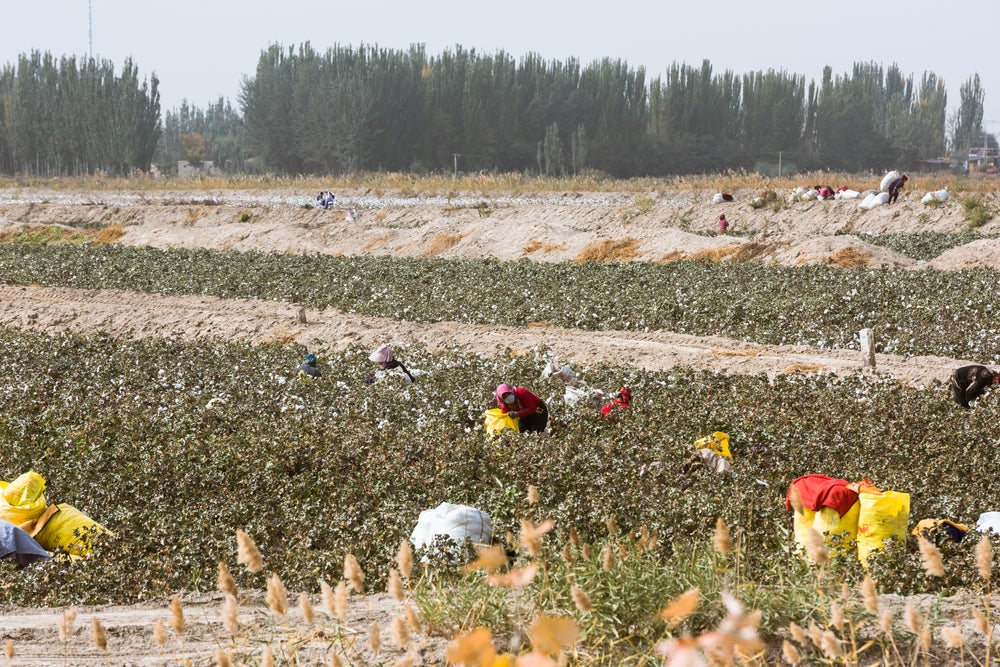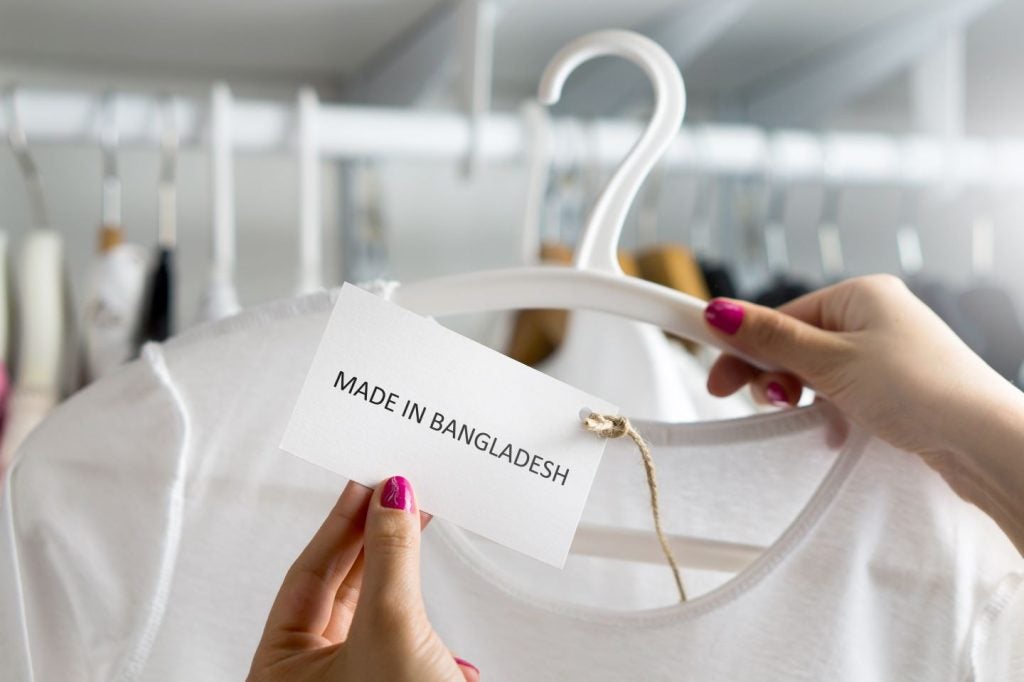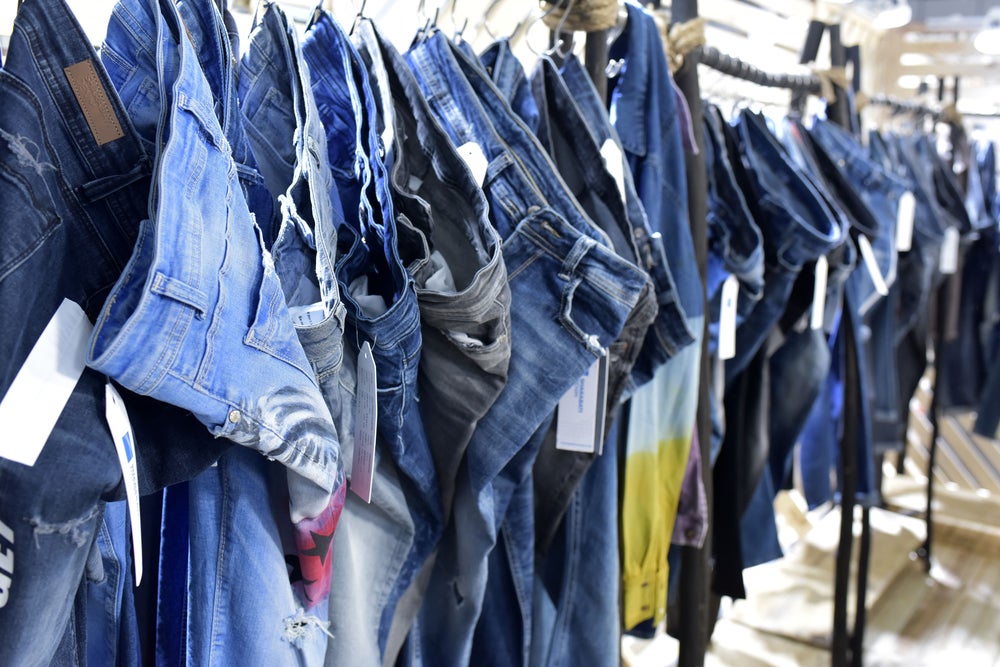Conducted by Applied DNA Sciences and Stratum Reservoir, the CertainT Report also found that 57% of the samples testing positive for Xinjiang cotton claimed to have a US origin. The next most-commonly claimed origin was Brazil (12%), followed by non-Xinjiang regions of China (11%) and Australia (9%).
Of the Xinjiang-positive samples, CertainT Report’s findings suggest that 66% of these items included Xinjiang cotton blended with cotton from its claimed origin. Around a third (34%) of the Xinjiang-positive samples were Xinjiang-only cotton.
The samples included a number of different imports – including yarn, fabric and finished products including apparel and footwear.
Under the rules of the US’ Uyghur Forced Labor Prevention Act (UFLPA), no Xinxiang cotton should be entering the US. Currently, around 20% of the world’s cotton originates from China – and around 90% of this originates from the Xinjiang region.
Gherzi Textil Organization partner Robert P. Antoshak told Just Style exclusively: “What I found most striking in the CertainT report is the continued widespread use of Xinjiang cotton throughout the industry’s supply chain despite UFPLA legislation and efforts by US Customs to implement the provisions of the legislation.
“Of course, there are companies that blatantly disregard the legislation, but there are also others that try to comply with the regulations only to find that their supply chains may contain Xinjiang cotton.”
The report argues that “much more can be done” to eliminate the use of forced labour from cotton supply chains.
Specifically, the report calls for:
- Increased awareness and use of US-based forensic technologies such as DNA tagging, genomic cotton PCR-based testing and isotope origin testing. All of these technologies and services are currently available in the US.
- More robust supply chain monitoring and enforcement measure, particularly in regions with well-documented human rights concerns – such as Xinjiang.
Antoshak said: “Controlling the use of Xinjiang-origin cotton in global supply chains is difficult. As the yarn-spinning industry is so accustomed to blending cotton from various geographic regions, it is always going to be difficult for authorities to police the origin of cotton — and the offending companies know it.
He added that “there is little question” that new technologies will need to be deployed if the the UFLPA is to be effectively enforced in the US.
The news comes shortly after the National Council of Textile Organisations welcomed a plan from the US Administration to crackdown on "unfair trade practices" which it says are responsible for the closure of eight production plants in the last three months.















